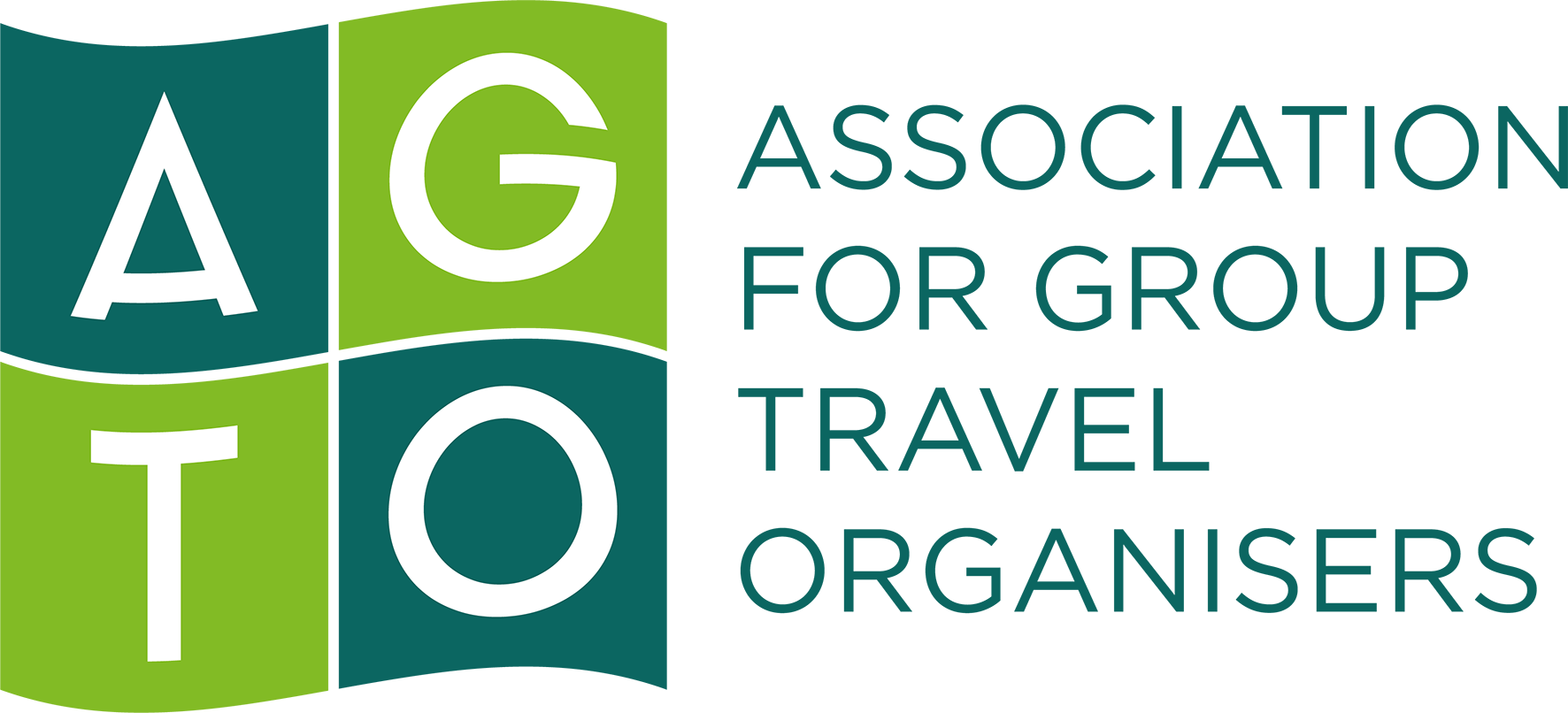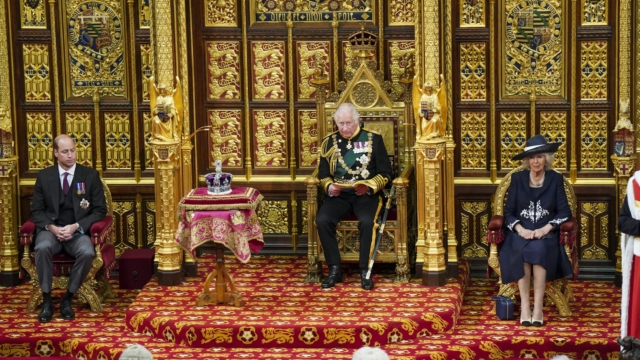Attached a copy of the lobby pack that supports the Queen’s speech. Here are some…
COVID-19 Update 12th October 2020
The Prime Minister has announced the new three tier Alert System in outline but undoubtedly there more detail that will follow tonight and tomorrow.
- Three Tier Alert Level System
The Government announced the new three Tier System for Coronavirus Control, which will come into effect in Wednesday. Every part of England will be designated as of the following three Alert zones:
Medium Alert
Most of England will be in this alert level and will be subject to the current national measures such as the 10pm curfew and the rule of six
High Alert
Prevents mixing between different households indoors. Most areas which are already subject to local restrictions will automatically move into the high alert level. As a result of rising infection rates, Nottinghamshire, East and West Cheshire and a small area of High Peak will also move into this alert level. In these areas, the Rule of Six will continue to apply outdoors, in public spaces and private gardens.
Very High Alert
Prevents social mixing indoors and private gardens – bars and pubs will be required to close. In addition to these baseline requirements, the Government and local government leaders in each very High Alert area will agree other specific additional measures which could include further restrictions on the hospitality, leisure, entertainment or personal care sectors. But retail, schools and universities will remain open. It was announced that Merseyside would be classified as a very High Alert area and in addition to the baseline requirements, gyms and leisure centres, betting shops, adult gaming centres and casinos will also close from Wednesday.
It was also announced that Government engagement with local leaders in the North West, the North East and Yorkshire & Humber was continuing suggesting that these area may also be designated as Very High Alert soon.
Regulations for all three Covid local alert levels are being laid today. They will be debated and voted on tomorrow, before coming into force on Wednesday. People will be able to check what alert level any particular areas is in through an online postcode checker
https://www.gov.uk/government/speeches/pm-commons-statement-on-coronavirus-12-october-2020
- Job Support Scheme Guidance Updated
The Guidance for the Job Support Scheme has been amended to include businesses required to close as a result of the new Alert Scheme. It has also been updated to clarify the support for businesses with different rateable values
- `Properties with a rateable value of £15,000 or under will receive grants of £667 per two weeks of closure (£1,334 per month).
- Properties with a rateable value of over £15,000 and less than £51,000 will receive grants of £1,000 per two weeks of closure (£2,000 per month).
- Properties with an rateable value of £51,000 or over will receive grants of £1500 per two weeks of closure (£3,000 per month).
- Test and Trace Support Payment Scheme
The Government has published guidance on the Test and Trace Payment Support Scheme. People contacted through the Test and Trace system in England and told that they need to self-isolate are eligible for a £500 payment if they meet the following criteria:
- they’re employed or self-employed
- they’re unable to work from home and will lose income as a result of self-isolating
- they’re currently receiving at least one of the following:
- Universal Credit
- Working Tax Credit
- income-based Employment and Support Allowance
- income-based Jobseeker’s Allowance
- Income Support
- Housing Benefit
- Pension Credit
People in England who do not fulfil the above criteria for the Test and Trace Support Payment, could be eligible for a £500 discretionary payment if they meet the following criteria:
- they have been told to stay at home and self-isolate by NHS Test and Trace, either because you have tested positive for coronavirus or have recently been in close contact with someone who has tested positive
- they are employed or self-employed
- they are unable to work from home and will lose income as a result of self-isolating
- they are not currently receiving Universal Credit, Working Tax Credit, income-based Employment and Support Allowance, income-based Jobseeker’s Allowance, Income Support, Housing Benefit and/or Pension Credit
- they are on a low income and will face financial hardship as a result of not being able to work while you are self-isolating
- Visa Guidance Update
The guidance on applying for visas has been updated to say that customers can now apply for a visit visa from any VAC
- Westminster Hall Debate on the Events Industry
Tomorrow from 11.00 am – 11.30 am there is a Westminster Hall debate on Fiscal support for the events industry during the covid-19 outbreak lead by the SNP whip Owen Thompson MP
- Local Lockdown in Wales
Bangor
The restrictions came into force at 6pm on 10 October 2020
- People will not be allowed to enter or leave the area without a reasonable excuse, such as travel for work or education
- People will only be able to meet people they don’t live with outdoors for the time being. They will not be able to form, or be in, extended households, with the exception of temporary bubbles for single people and single parents.
The restrictions are in addition to the rules that apply everywhere in Wales, including:
- All licensed premises must stop selling alcohol at 10pm
- Everyone over 11 must wear face coverings in indoor public areas.
https://gov.wales/bangor-area-lockdown-frequently-asked-questions
- VisitBritain Coronavirus Sentiment Tracker
The proportion feeling ‘the worst is still to come’ rises again, albeit by just 1 point to 59%. Those expecting life will return ‘close to normal’ by December is also fractionally down to just 5% of the population, while ‘appetite for risk’ is unchanged at 2.5/4 following last wave’s dip. The confidence in being able to take a domestic overnight trip in March 2021 fell significantly last wave to 48% and it’s declined yet again to 40%, indicating people are anticipating disruption well into next year. As reported last time, ‘restrictions on travel from the government’ is the leading reason cited for this lack of confidence (51%), followed by ‘concerns about catching Covid-19’ (48%). The subsequent leading reasons are also very reflective of the current situation; namely ‘it’s not responsible to travel in this period’, ‘restrictions on opportunities to socialise’ and ‘fewer things to do/places to visit’. It would seem that barriers to ‘enjoyment’ of the trip may be just as crucial to confidence as the more fundamental restrictions and concerns associated with freedom of movement or health and wellbeing.
Other points of note:
- National Mood: fractionally up to 6.6 (from 6.5 last wave)
- The % feeling the ‘worst is still to come’: up 1 point 59%
- The % expecting life returning ‘close to normal’ by December: down 1 point to 5%
- Appetite for Risk: unchanged at 2.5/4
- Confidence in taking an overnight trip next March: significantly down 8 percentage points to 40%
- ‘Restrictions on travel from Government’ now takes the outright lead among the lack of near-term confidence (trips to end of October).
- 38% of U.K. adults expect to be taking the same number or more domestic short-breaks over the rest of the year compared to normal and 37% express this for holidays respectively.
- 10% anticipate taking an overnight trip during Oct, with a further 21% intending to take at least one trip between November-March.
- Uncertainty is still evident, with 41% of October intenders yet to plan this trip and 54% yet to book. The levels of planning and booking winter trips (November to March) stands at 27% and 16% respectively.
- In terms of region likely to be visited between now and the end of October, the South West continues to dominate with 22% of intenders citing this as their destination, followed by Yorkshire & the Humber (on 13%). For the winter period, the South West narrowly leads with 16% share, followed by North West (15%) and London (13%).
- For trips up to end of October, countryside/village is the leading destination type with 37% share. Cities receive a significantly greater proportion of trips scheduled during the winter period, ranking first with a 35% share.


